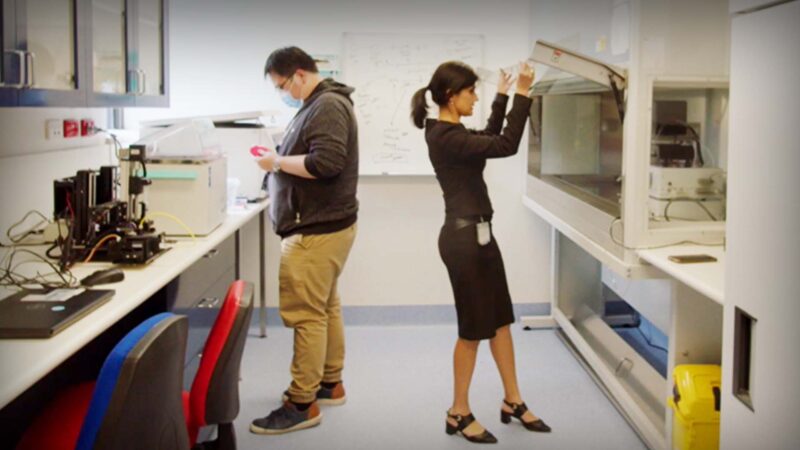The cost of chronic wounds in Australia is estimated to be $3 Billion per year, impacting 420,000 Australians. Not only is this a national economic concern, but more importantly, is the suffering the person may be going through.
Australian Health Journal met with Hayley Ryan, Board Director and Chair at Wounds Australia and Director at WoundRescue to hear her work in chronic wound management, palliative wounds and pressure injury prevention to comfort those living with a wound.
Hayley has over 22 years’ experience in nursing and has 18 of these in wound care during this time. Hayley has a passion for healing wounds as a Clinical Nurse Consultant across Australia and New Zealand.
She gave testimony at the Royal Commission into Aged Care in July 2019, through the Wounds Australia’s submission, on several topics including: wound care statistics, the causes of wounds, prevention of wounds, the use of appropriate wound dressings, substandard wound care, and recommendations to improve wound management within aged care.
In this interview Hayley talks about how she first got interested in wound management before talking through the current issues with wound management in the Australian health system. These issues include access, education and awareness as a health priority.
Hayley also talks about Wounds Australia’s 11 Point Plan. It has been produced to be a clear and effective blueprint for governments to follow. The plan draws on the knowledge and skills of Australia’s top wound care experts to dramatically cut patient numbers and the funds to treat them.
There is a goal in handling the complications of delivering treatment across primary care, community care, hospital and aged care settings turning into a more defined and streamlined process.
In terms of growth in specialist wound care knowledge in health workers, Hayley talks about the education and training pathways health care professionals can take, including through Wounds Australia, Monash University and Wound Rescue.
You Might also like
-
Surgeon-scientist path laid for medical device research
In 2022, Distinguished Professor Gordon Wallace AO and Professor Mukherjee jointly established Beyond Science as a clinician led, academically supported and clinician run Australian-first medical technology translation program.
The program is aimed at early career researchers and clinician-scientists working in medical device research specifically in otolaryngology (ear, nose, and throat), head and neck surgery.
-
Analogy of the system, rather than the ED front door
“The problem of blockages shows up in ambulance ramping and long wait times, but this is a complex issue requiring whole-of-health system solutions,” according to Professor Hugh Grantham, Chair of Emergency Medicine Foundation in an interview with Australian Health Journal.
-
Startup Advances Biosensing
Melbourne based Nutromics is looking to solve some of the biggest healthcare challenges, by delivering on a mission to revolutionise precision medicine with Continuous Molecular Monitoring (CMM). Nutromics is developing biosensor technology integrated into a small and unobtrusive wearable smart patch.The software solution aims to be flexible and designed to connect with mobile and web solutions for integration with consumer health software and hospital platforms.



